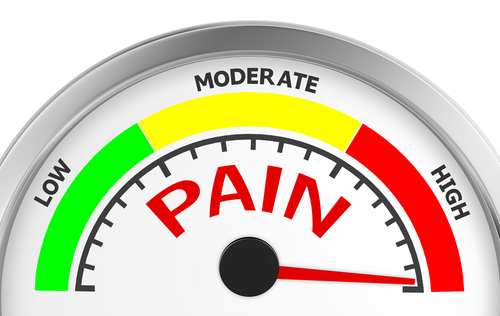How I Manage a Sickle Cell Crisis at Home
Written by |

In a previous column, I spoke about some of the things that trigger a sickle cell crisis. This week, I want to share some pointers on how I try to address a crisis in its early stages while at home.
Electric blanket
I have a heated electric blanket. Honestly, I am not sure how I used to function without it. I prefer a heated blanket to the traditional hot water bottle because the risk of burning myself is less.
The blanket also spreads across my entire bed rather than being confined to a single area. It can target pain across the body, whereas a hot water bottle or heating pad can only hit one spot at a time.
When I am in pain, my electric blanket works wonders to make it a bit more manageable.
Pain relief
In a previous column about medications, I detailed some of the pain relief treatments I have at home. I keep all of my pain relief medications in one drawer. The drawer is as close to my bed as possible to ensure I can always access them, irrespective of limitations on my mobility caused by a crisis.
Household adaptations
I have some assistive equipment around my home that helps me to function if my mobility is restricted due to a crisis. I have an en suite shower room that ensures I can access a bathroom despite mobility problems. Additionally, I have a toilet frame and shower step that assist me in managing my personal care needs during a crisis.
I also have a perching stool in the kitchen to enable me to prepare some basic meals when in a crisis. The kitchen is close to my bedroom, but admittedly, when in a crisis, cooking is not on my mind. If I can eat, I tend to rely upon deliveries.
Fluid intake
Hydration is important for sickle cell patients. I generally drink a lot of water. But I also make sure I always have water close to my bed to ensure I can drink throughout the day if in a crisis. I have a refillable bottle that can hold 2.2 liters of water. This helps to keep me hydrated during a crisis.
Hospital bag
I also have a pre-prepared hospital bag in case I can no longer manage a crisis at home and need to go to the hospital. Trying to pack a bag before an ambulance arrives, with reduced mobility and an inability to properly use my arms, is an absolute nightmare!
What tips do you have to help manage a crisis? Please share in the comments below.
***
Note: Sickle Cell Anemia News is strictly a news and information website about the disease. It does not provide medical advice, diagnosis, or treatment. This content is not intended to be a substitute for professional medical advice, diagnosis, or treatment. Always seek the advice of your physician or other qualified health provider with any questions you may have regarding a medical condition. Never disregard professional medical advice or delay in seeking it because of something you have read on this website. The opinions expressed in this column are not those of Sickle Cell Anemia News or its parent company, Bionews, and are intended to spark discussion about issues pertaining to sickle cell anemia.






Frederick Martey
Managing of sikle cell crisis as a patient or caregiver is quite an unpleasant position for one to find him/herself in.
Including those mentioned in the article, I manage my crisis by taking a lot of hot fluids; soups, porridge or beverages.
Ogundana Sesan
My son of 10 is an SCD patient, we have been managing this since. Thanks
Asia clemencia
My 4 year son is SCD with stroke.
Dorcas D
I ave 2 scd children. They are lovely children and grow up to believe that there's nothing God can not do
Mary Shaniqua
This is wonderful to hear, thank you for your comment Dorcas